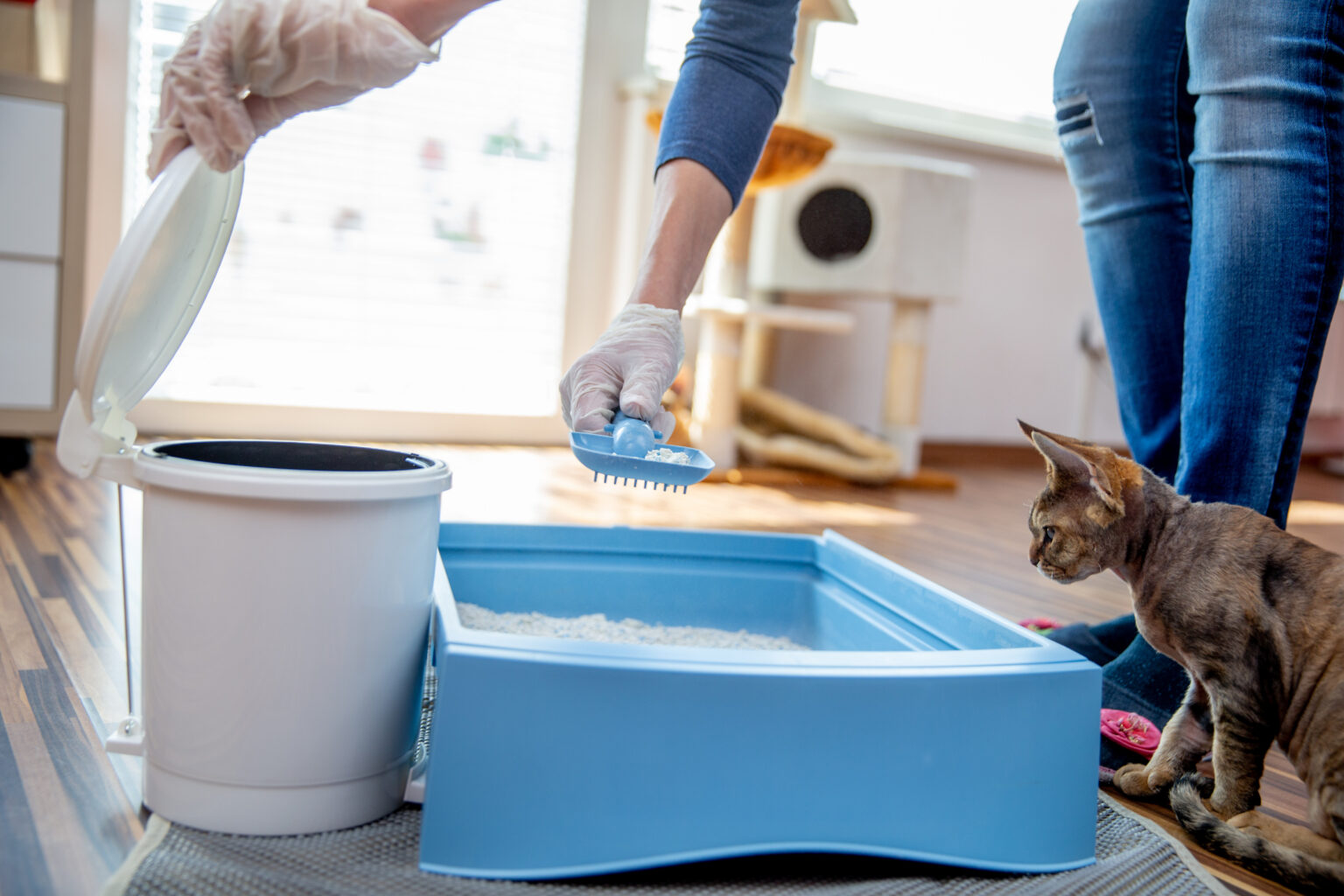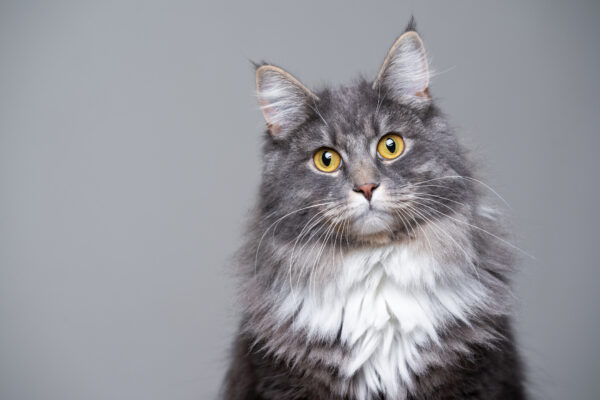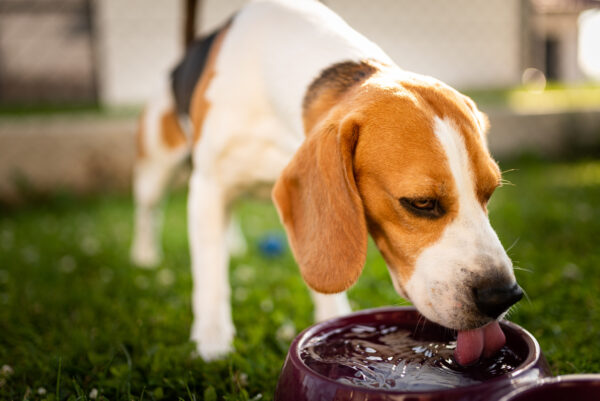It’s decided – you want to care for a kitten. But before you open up your home to your new best friend, you’ll want to swat up on litter training. Here’s our guide on the main types of litter (and litter trays), plus where you’ll want to place them. Let’s make potty training your kitten a breeze!
Choosing the right litter tray
When learning how to litter train your cat – especially if they’re a kitten – it’s important to remember that accidents will happen. No matter what happens, stay calm and do not get angry. Reward your kitten with treats when they use their litter tray (and smart up on how to get rid of cat pee smell for when they don’t!). It’s also a good idea to keep an eye out for your kitten eating litter or playing with it – distracting them with toy instead.
When choosing a cat litter box for your feline friend, there are 3 main things to consider:
1. Where you will place the cat litter tray
Cats prefer to do their business in a quiet, safe place where they can’t be overlooked – in short, cats like their privacy. Cats also don’t like to go to the toilet where they eat, so placing it away from food and water bowls is essential.
2. What size and height the cat litter tray is
You could opt for a small kitten litter tray, but your kitty may prefer an adult litter tray as you won’t need to disrupt them by changing their tray as they grow up. Something to keep in mind is trays with a lower lip will give kittens and senior cats easier access to their litter tray. And while some cats may prefer an enclosed cat litter tray with lid, others may be put off by this.
3. How many cat litter trays you should have
As a rule of thumb, you should have one litter tray per cat, plus one extra when you have more than one cat. These should all be placed in different locations around the house.
Don’t forget, you’ll want to get a cat litter scoop, too.
Choosing the right cat litter
Choosing a cat litter your kitty is comfortable with will ensure that they’re content using their litter tray. If they’re not, your cat may start peeing elsewhere. This makes kitty litter a vital part of teaching a cat to use the toilet.
Clumping cat litter:
- Forms solid clumps or balls when a cat urinates on it.
- Is highly effective at odour control.
- Absorbs a large amount of urine, making your cat litter go further.
- Eases cleaning out the litter tray (just remove the clumps, no need to replace the entire tray) – plus, the tray itself lasts longer.
Click here for our selection of clumping litter for kittens.
Non-clumping cat litter:
- Is fairly low maintenance.
- Has a high absorption power.
- Is usually similar to natural dirt and often soft on your cat’s paws.
- Requires cleaning out the whole cat litter box more often.
Here you’ll find our selection of non-clumping litter for your furball.
Scent is also something to take into consideration – for both you and your cat. Whilst cat parents want a fresh-smelling home, it’s important that your cat is happy with the smell, too.
Now that you know about the different types of cat litter and accessories, it’s all about finding the ones that feel right. And while it may take some trial and error, your furry friend will be your best guide when it comes to finding ‘the one’.
Our articles are not a replacement for face-to-face vet advice. It’s important to consult with your vet regularly to raise any pet concerns that you may have.




